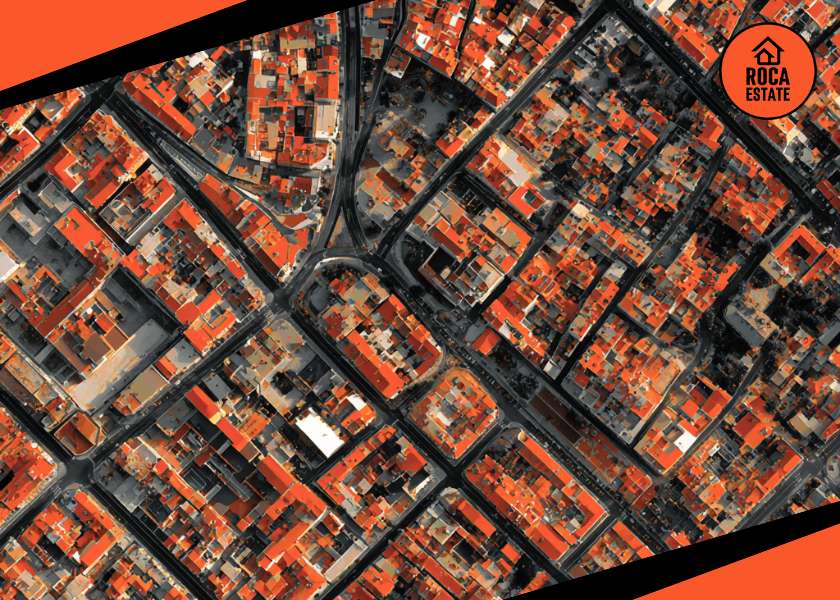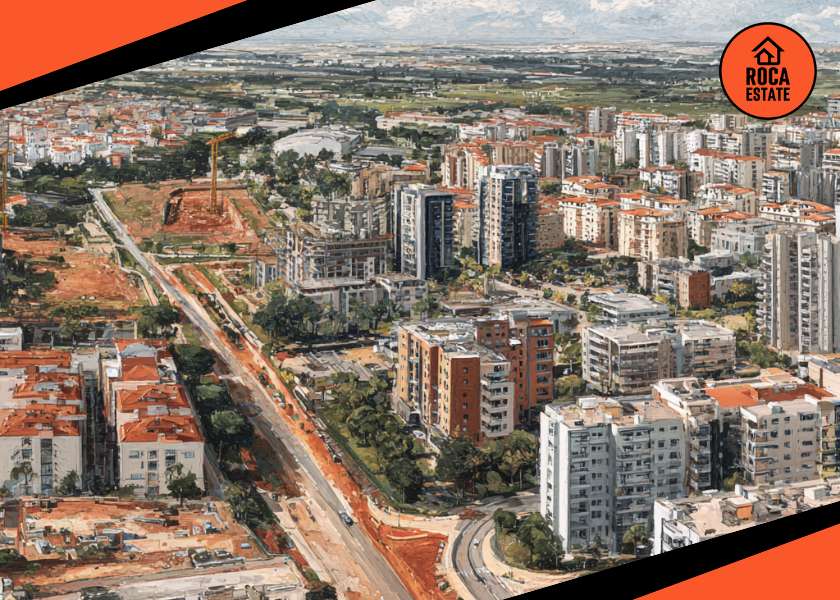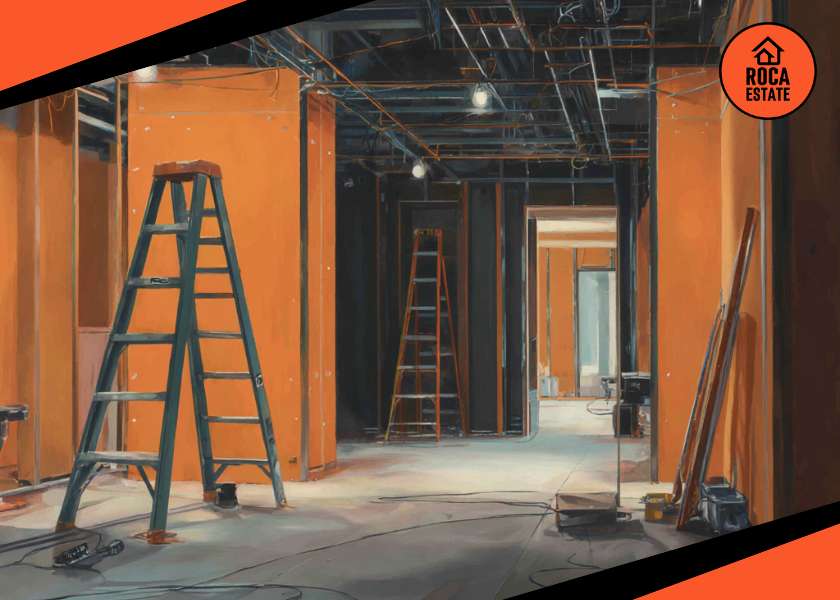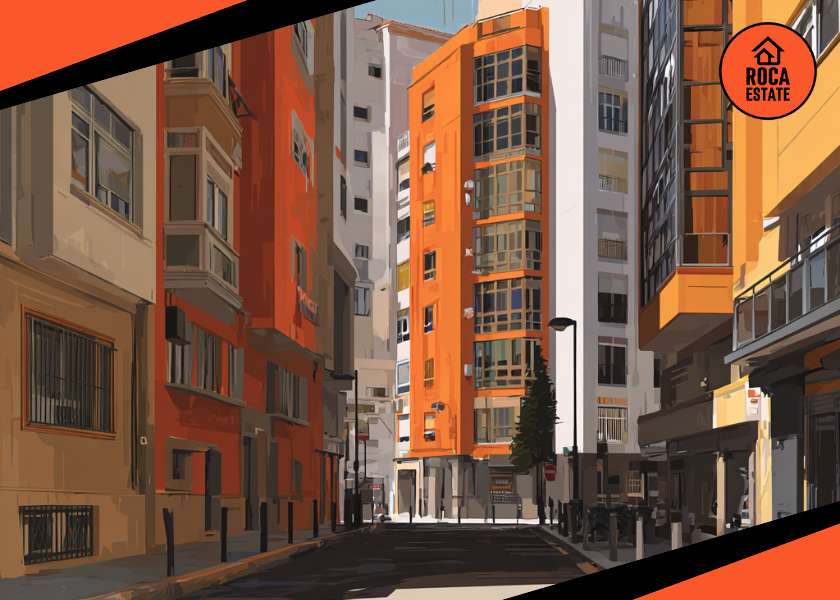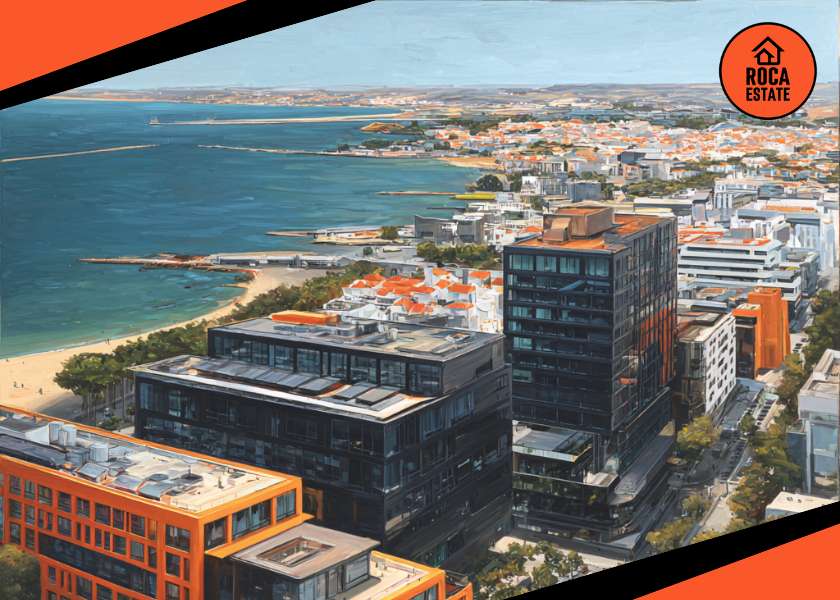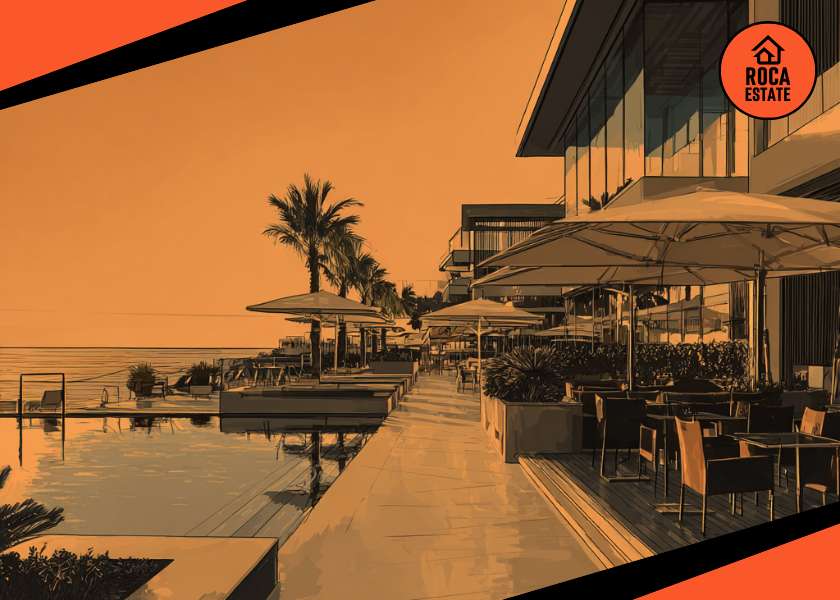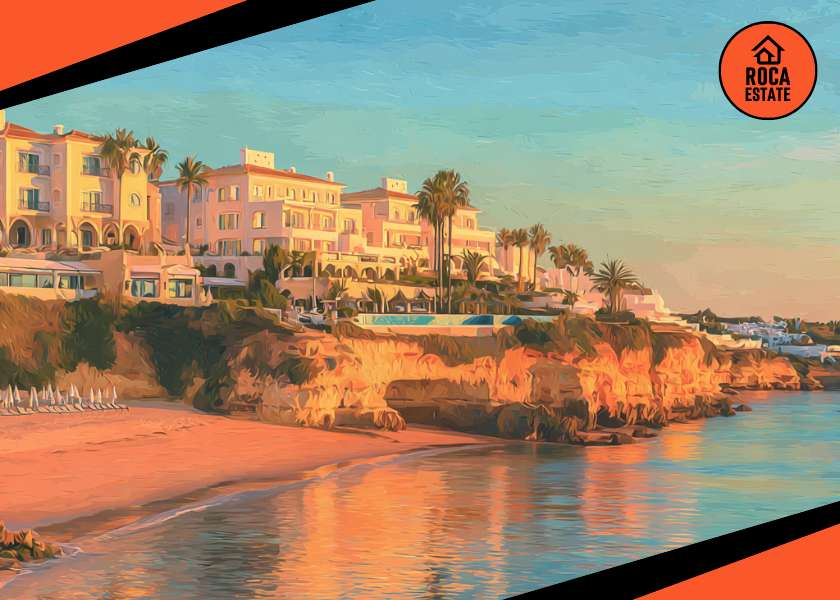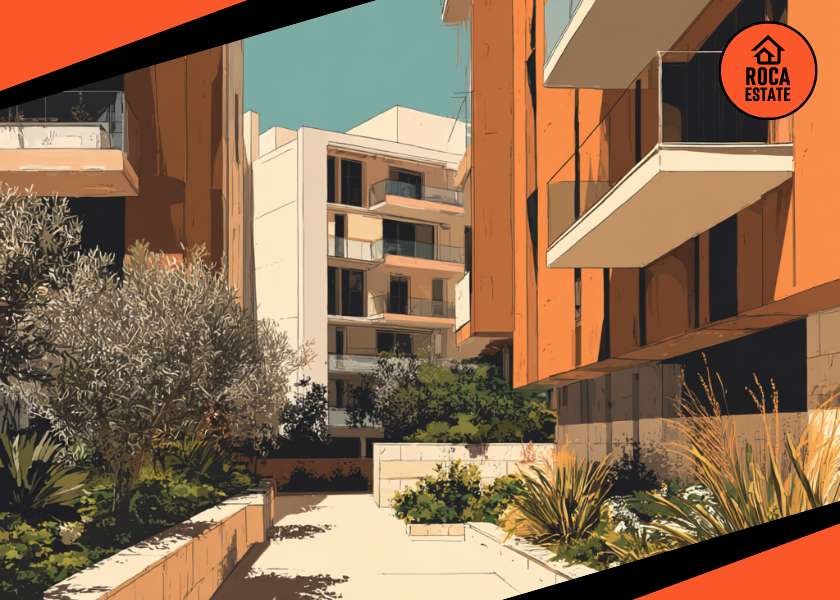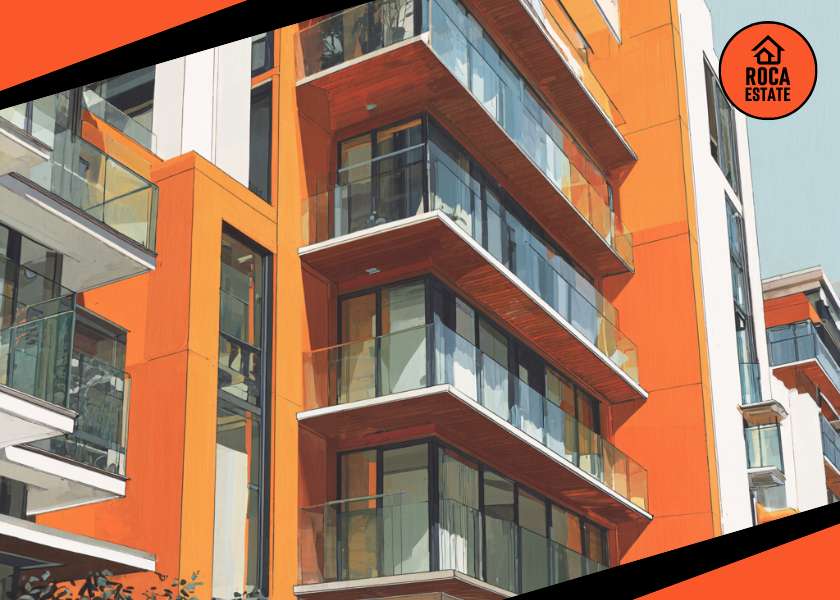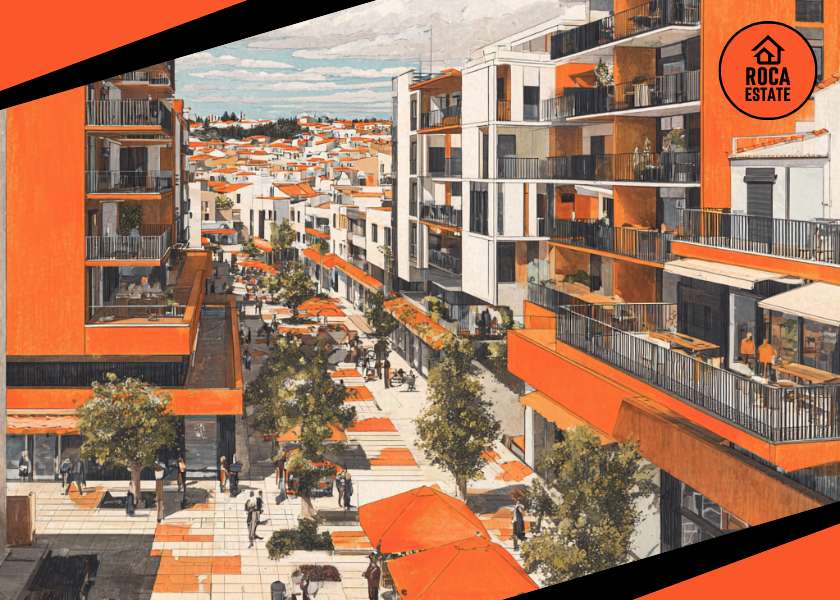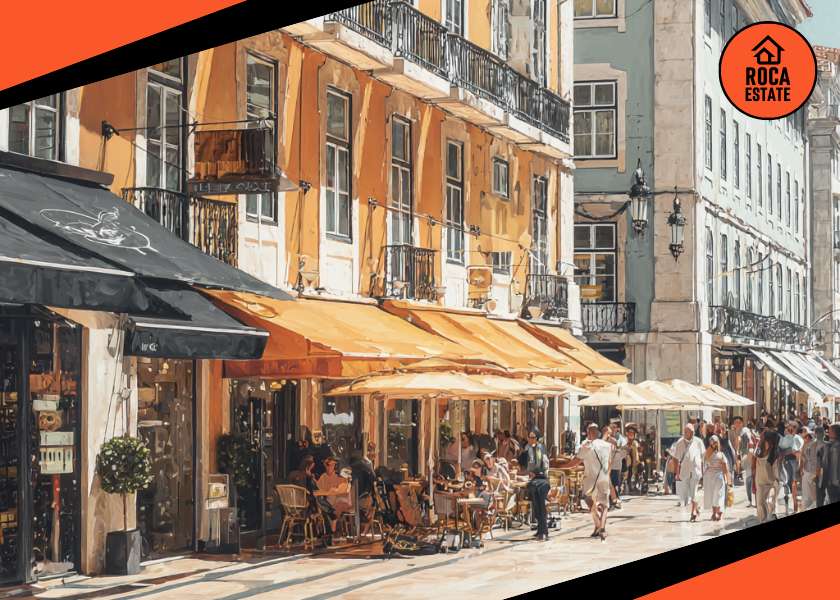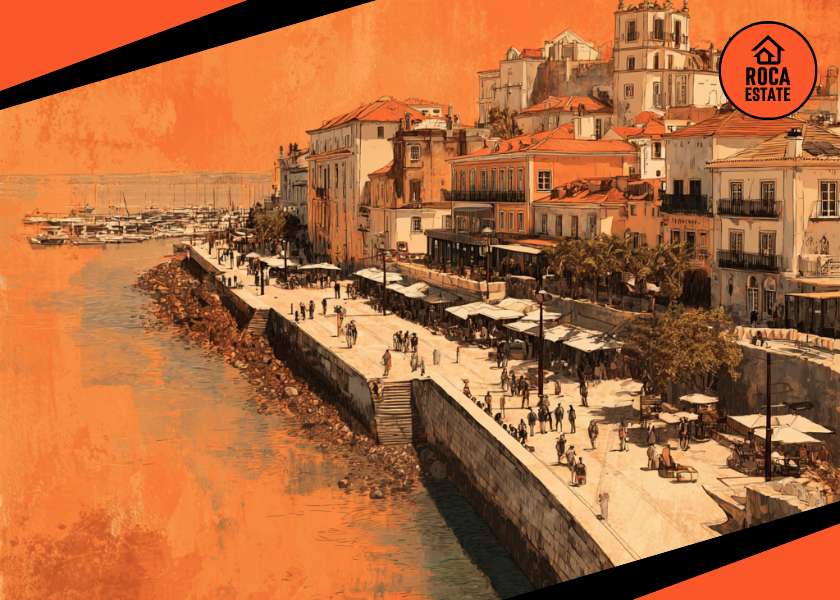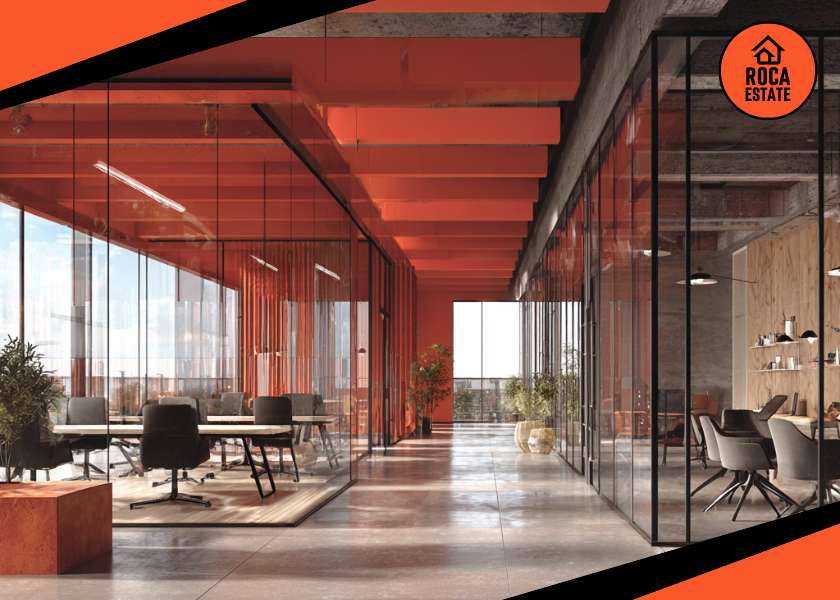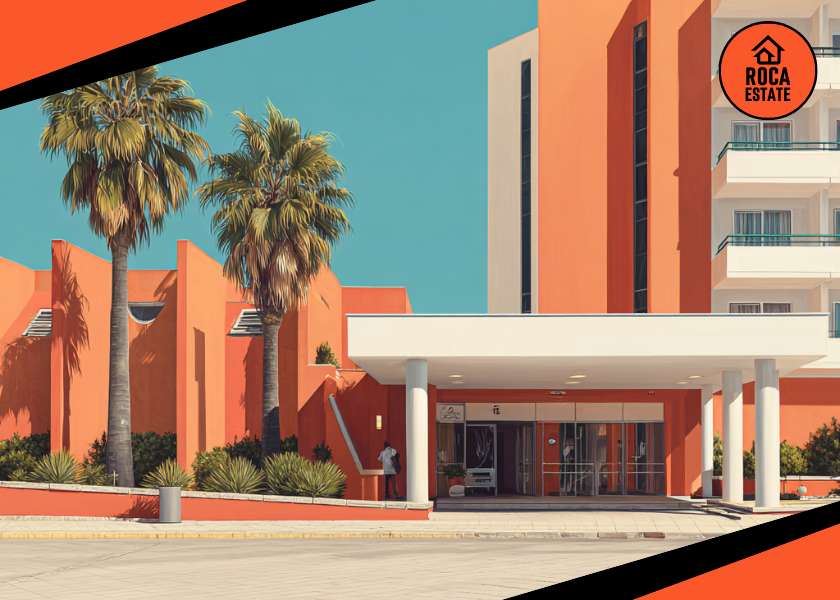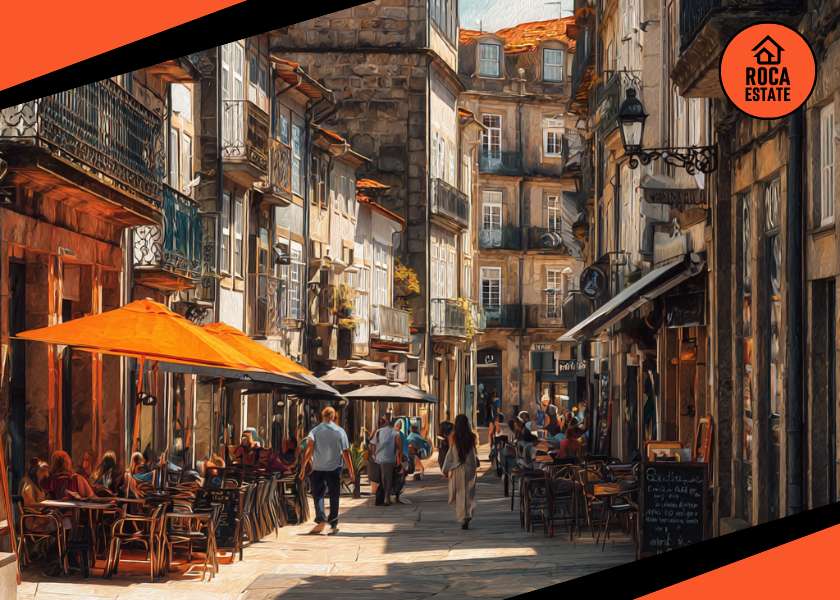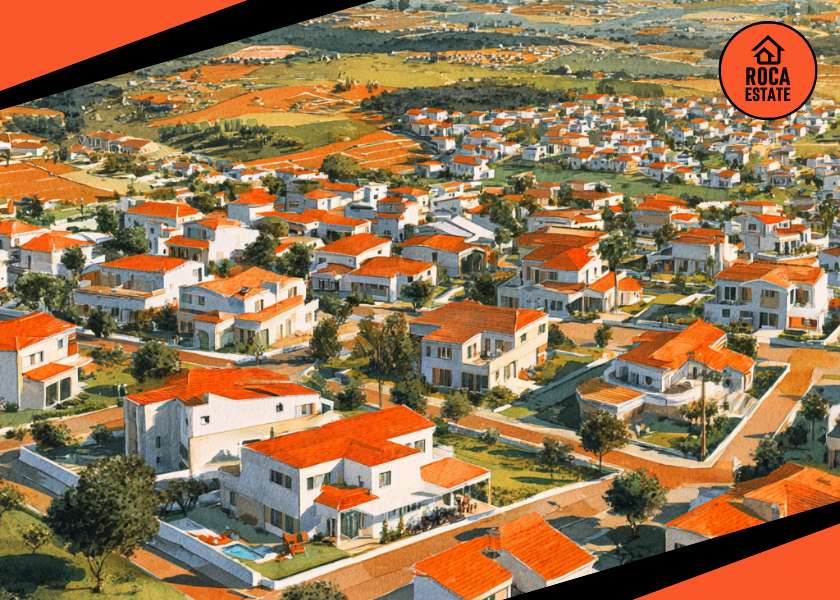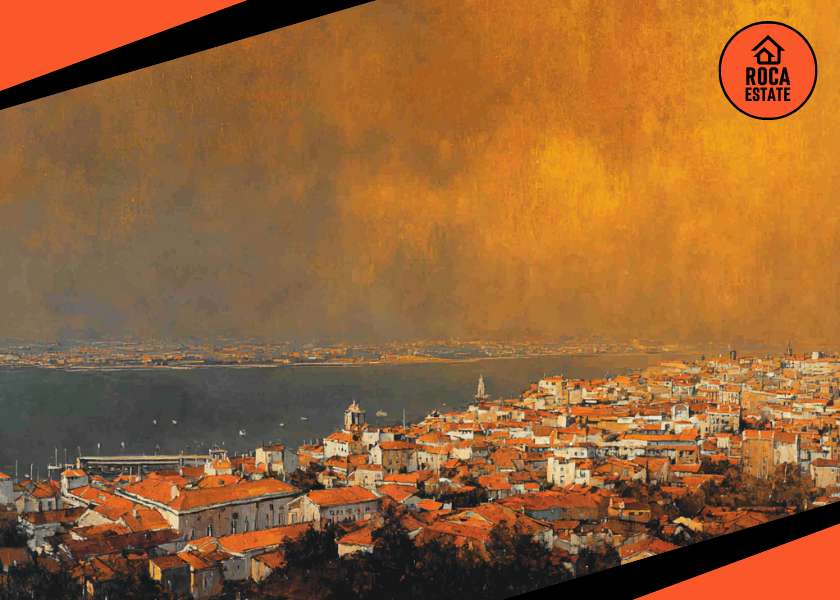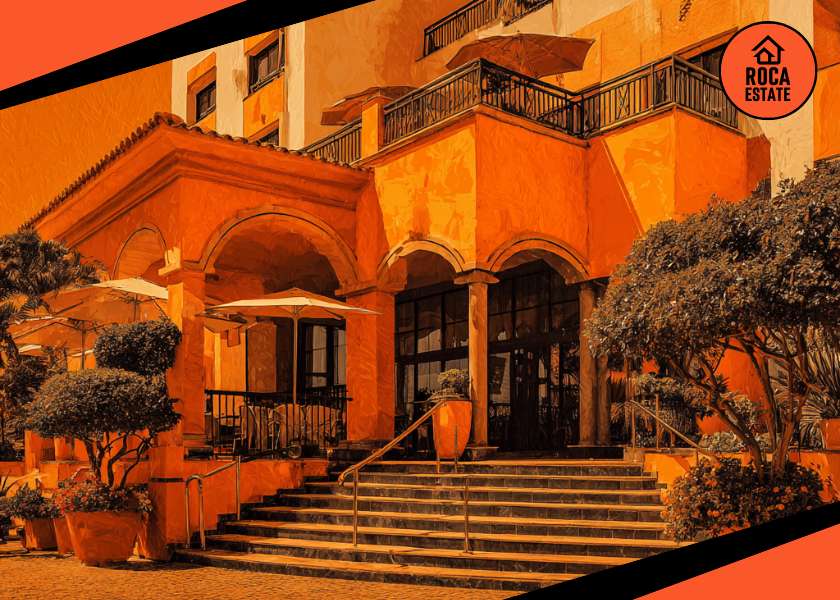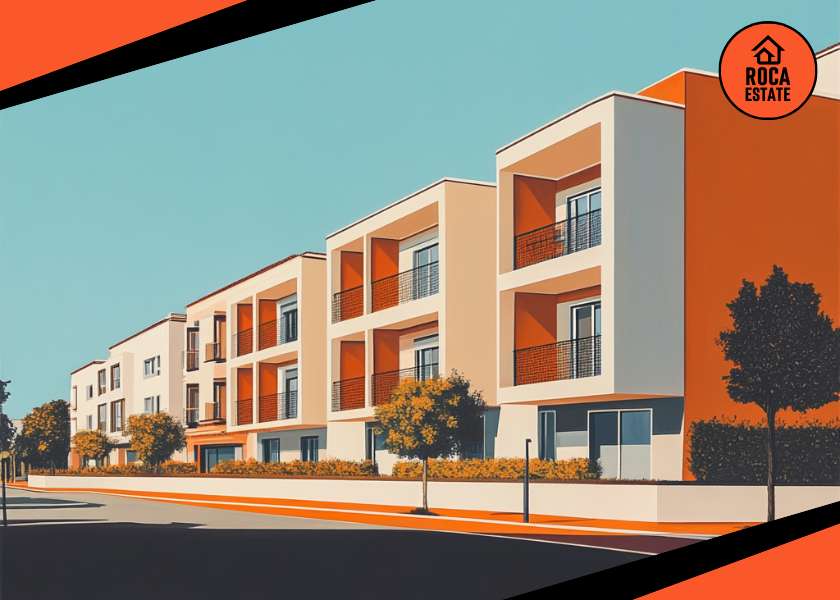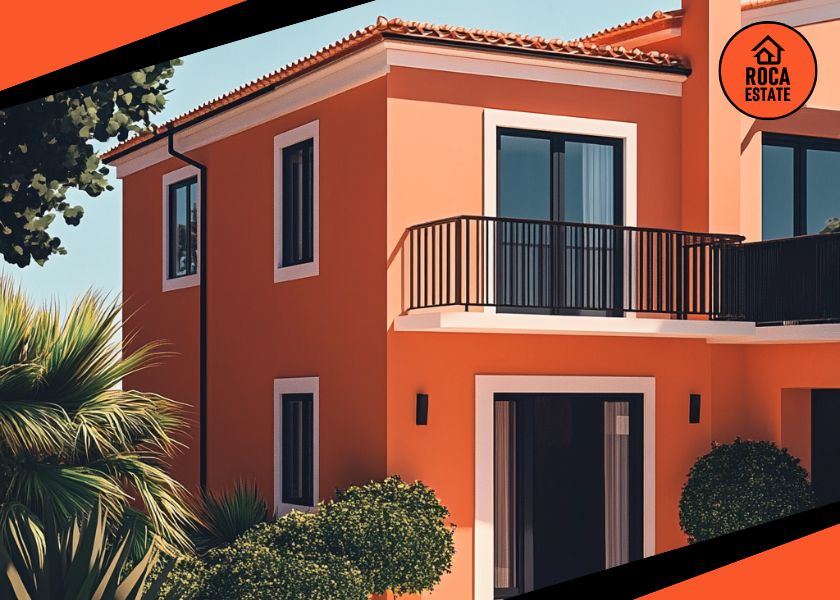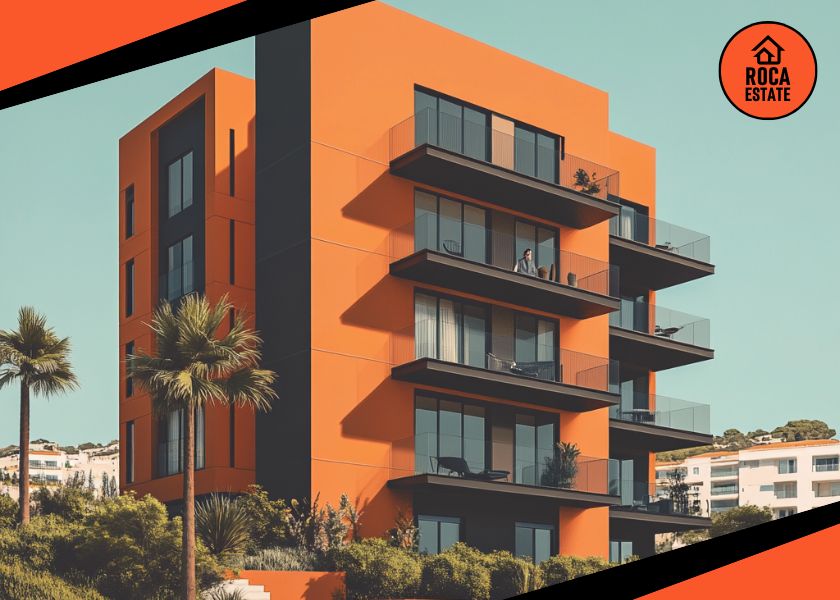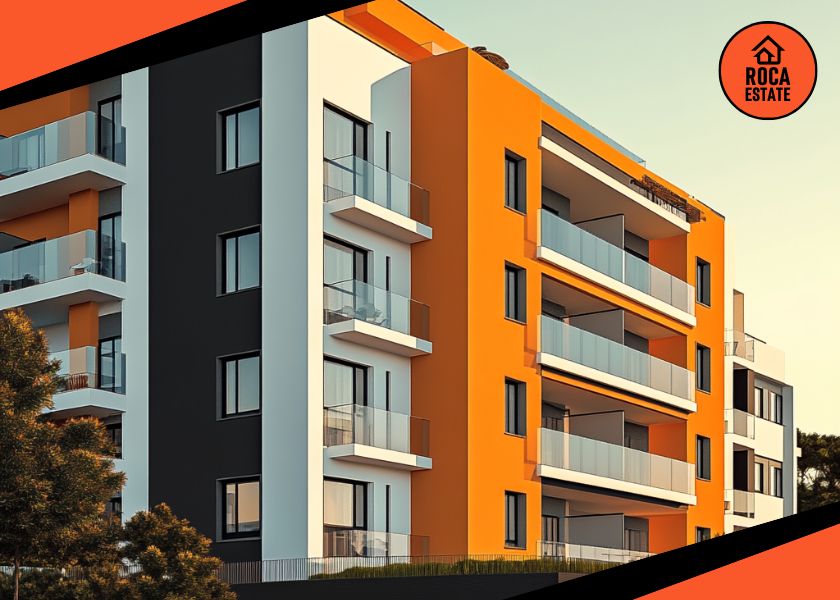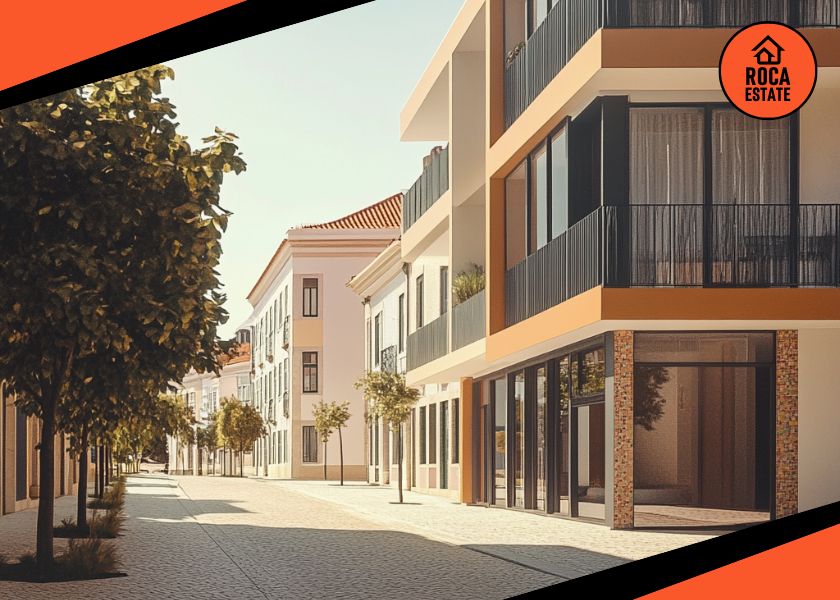Portugal commercial real estate investment is gaining momentum as the country’s tourism sector hits new highs. According to the latest Tourism Statistics 2024 report from Statistics Portugal, international arrivals surged 9.3% year-on-year to a record 29 million. This sustained growth in demand presents both opportunity and complexity for those evaluating commercial real estate opportunities in Portugal. In this briefing, we analyze key trends and their implications for strategic investors focused on the hospitality, retail, and mixed-use sectors.
Key Performance Indicators and What They Signal
1. Record-Breaking Visitor Numbers
Tourist arrivals from abroad hit a new high, up 9.3% year-on-year. While the Spanish, British, and French markets remain dominant, double-digit growth from the U.S. (+16.9%), the Netherlands (+15.0%), and North America in general is reshaping source market dynamics.
Diversifying origin markets means Portugal is less exposed to downturns in any single economy — a strength for hospitality and retail CRE. Properties in Lisbon, Porto, and the Algarve will benefit most, but growth in underutilized regions like the Azores and the North should not be overlooked.
2. Rising Revenues, Occupancy, and ADR
Accommodation revenue jumped 11% to €5.13 billion, and RevPAR rose by 7.1%. The average daily rate (ADR) climbed 6.3% to €120.1, despite a slight dip in average stay duration.
Improved yield metrics indicate healthy pricing power across the sector, justifying both asset acquisition and refurbishment strategies. The modest drop in length of stay may signal a shift toward higher-frequency, shorter visits, supporting demand for flexible-use properties and high-turnover retail spaces.
3. Declining Seasonality
The tourism seasonality rate dropped to 36.6% — the lowest since 2013. Grande Lisboa and Madeira showed the most balanced year-round demand.
A more stable, less seasonal flow of visitors supports the viability of year-round operations. This de-risks hotel and F&B investments and increases the appeal of mixed-use developments in lower-season destinations.
4. Broader Market Participation
Dependence on the top three international markets dropped to 39.4% — a multi-year low. Regions like Alentejo and the Azores are seeing less concentration in their visitor base, while the Algarve remains highly reliant on traditional markets like the UK.
Regions with more diversified tourist bases are less vulnerable to shocks and thus represent lower-risk opportunities. Conversely, heavy reliance in the Algarve signals potential volatility — investors should factor this into yield targets and financing strategies.
What to Watch Going Forward
- U.S. and Canadian Market Momentum: With Americans overtaking the French as the 4th largest source of overnight stays, transatlantic travel trends could influence asset performance, particularly in Lisbon and Porto.
- Rising Expenditures: Average tourist spending per trip rose 14.1% — a strong signal for high-end retail, fine dining, and luxury accommodations. Investment in premium segments may offer the best return on capital over the next cycle.
- Airbnb and Local Accommodation Dynamics: The growth in local accommodations (LA) with over 10 beds hints at a continuing shift from traditional hospitality to platform-based stays. Regulatory risk and neighborhood backlash must be considered when underwriting assets in urban cores.
- Domestic Travel Softness: Domestic tourist trips dropped 4.7%, though spending rose. This may limit the upside in secondary inland markets that rely more heavily on Portuguese residents.
Conclusion: Navigate Growth, Manage Risk
Portugal’s tourism-led recovery has matured into a broad-based expansion. For commercial real estate investors, the data supports a cautiously bullish stance, particularly in diversified regions and asset classes aligned with rising international demand and premium spending behavior.
However, risk management is critical. Overexposure to seasonal hotspots or narrow source markets could backfire if geopolitical or macroeconomic factors shift. As always, location, asset flexibility, and macro-trend alignment will determine who captures long-term alpha in Portugal’s evolving CRE environment.
Prioritize diversified urban cores, consider value-add plays in emerging regions, and stay alert to global travel sentiment shifts, especially in North America.
Looking to capitalize on Portugal’s commercial real estate potential? Connect with the experts at Roca Estate for tailored investment strategies grounded in market intelligence.

